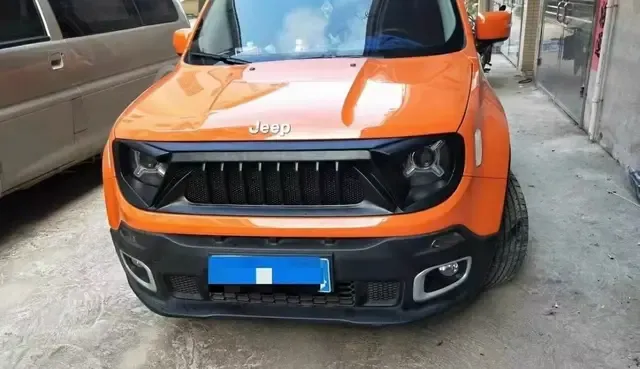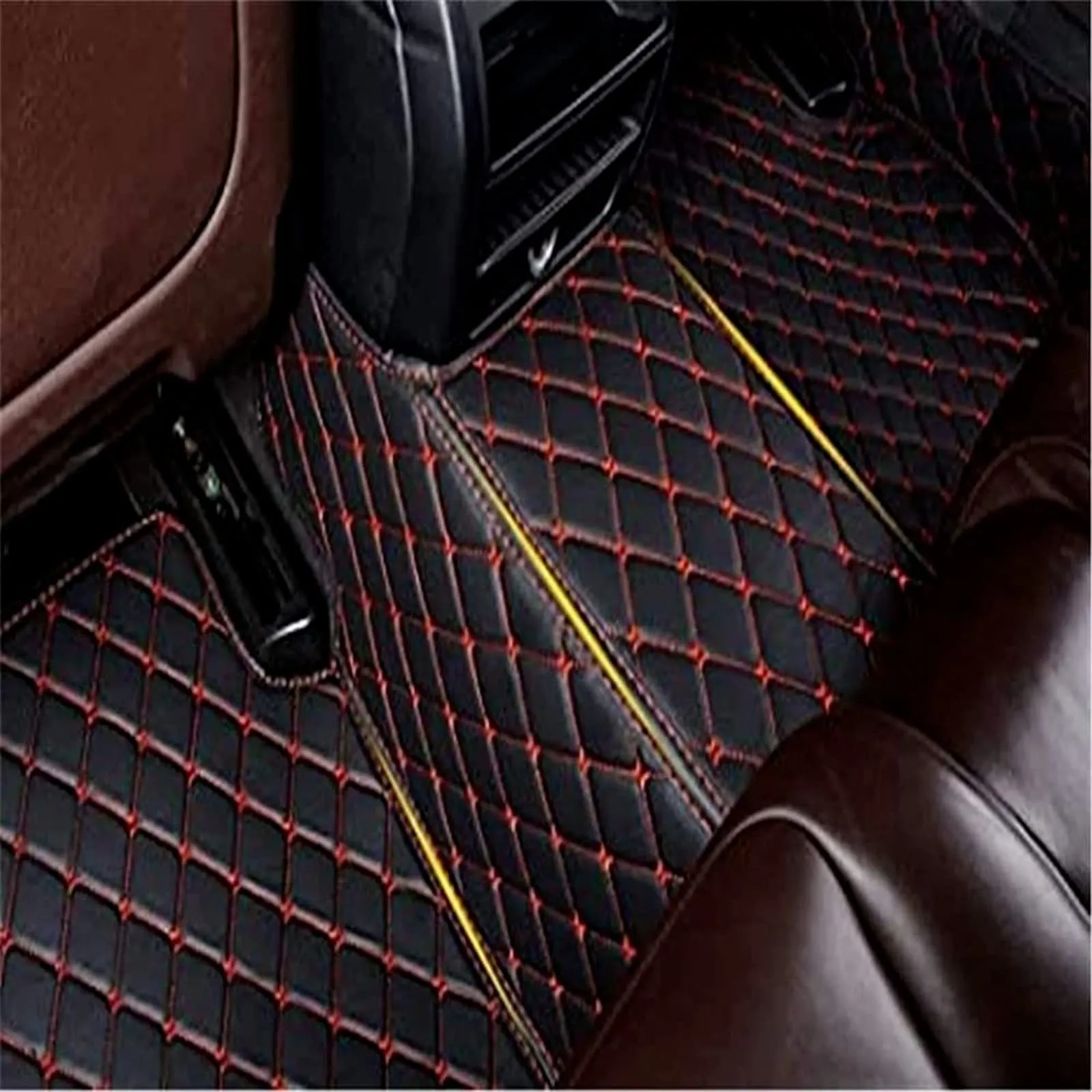How to install a reverse camera bought from AliExpress?

In recent years, the popularity of reverse cameras has surged, especially among individuals looking to enhance their vehicle safety and ease parking maneuvers. If you’ve recently purchased a reverse camera from AliExpress and are wondering how to install it, you’re in the right place. This comprehensive guide will walk you through the entire process step by step, ensuring you can enjoy the convenience of your new camera without any hassle.
Why Install a Reverse Camera?
Before diving into the installation process, it’s essential to understand the benefits of having a reverse camera. Here are a few compelling reasons to consider:
- Enhanced Safety: Reverse cameras significantly reduce blind spots, making it easier to see obstacles, pedestrians, and other vehicles.
- Improved Parking: Parking can be a daunting task, especially in crowded areas. A reverse camera allows you to maneuver more confidently.
- Increased Vehicle Value: Adding a reverse camera can enhance the resale value of your vehicle, making it more appealing to potential buyers.
Now that you understand the importance of a reverse camera, let’s get into the installation process.
Required Tools and Materials
Before you start the installation, gather the following tools and materials:
- Reverse Camera Kit: Ensure you have all components from your AliExpress purchase.
- Tools: You will need a screwdriver, wire stripper, and possibly a drill.
- Cable Extensions: Depending on your vehicle size, you might need longer cables.
- Power Supply: Ensure you can connect the camera to a power source, typically your vehicle’s reverse lights.
Step-by-Step Installation Process
Step 1: Choose the Right Location for the Camera
Identify the best spot to mount the reverse camera. Common locations include:
- License Plate Area: This is the most common location, as it provides a clear view when reversing.
- Rear Bumper: Depending on the design, mounting on the bumper can also be effective.
Ensure the location provides a clear view of the surrounding area without obstructing your vehicle’s lights or license plate.
Step 2: Remove the Necessary Panels
To access the wiring, you may need to remove some interior panels. This can typically be done by:
- Using a screwdriver to unscrew any fasteners.
- Gently prying off panel clips with a trim removal tool.
Refer to your vehicle’s manual for specific instructions regarding panel removal.
Step 3: Install the Camera
Once you have the right location, mount the reverse camera. Follow these steps:
- Secure the camera using provided screws or adhesive.
- Ensure it is angled correctly for optimal visibility.
Step 4: Connect the Camera’s Power Supply
The reverse camera needs power to operate. Here’s how to connect it:
- Locate the reverse light wiring: This is usually accessible in the tail light assembly.
- Strip a small section of insulation from the reverse light wire.
- Connect the red (power) wire from your camera to the positive wire of your reverse light.
- Connect the black (ground) wire from your camera to any suitable ground point.
Ensure that all connections are secure to prevent any electrical issues.
Step 5: Run the Video Cable
Now, you need to run the video cable from the camera to the monitor or display unit inside your vehicle:
- Keep the cable away from sharp edges to avoid damage.
- Utilize any grommets or existing channels in the vehicle to protect the cable.
Step 6: Connect to the Display Unit
Once the video cable is in place, connect it to your display unit:
- If you have an aftermarket stereo, connect the cable to the camera input.
- For factory-installed units, refer to the manual, as specific connectors may be required.
Testing the Installation
After all connections are made, it’s time to test your installation:
- Start your vehicle and engage the reverse gear.
- Check the display for a clear picture from the reverse camera.
If the image is unclear, check all connections and adjust the camera angle if necessary. Ensure that there are no obstructions in the camera’s view.
Troubleshooting Common Issues
Sometimes things don’t go as smoothly as planned. Here are some common issues and solutions:
- No Power: Check all connections to the reverse lights and the ground connection.
- Bad Video Quality: Ensure the cable is not damaged and is securely connected to the display unit.
- Camera Not Engaging: Confirm that the display unit is configured to switch to the camera input when in reverse.
Maintenance Tips for Your Reverse Camera
To ensure your reverse camera continues to operate smoothly, consider the following maintenance tips:
- Regularly clean the camera lens to prevent dirt and debris from obscuring the view.
- Check the connections periodically to ensure they remain tight and free from corrosion.
- If using in winter, ensure that snow or ice does not obstruct the camera.
Frequently Asked Questions
Can I install a reverse camera myself?
Yes, with the right tools and knowledge, installing a reverse camera can be a DIY project. However, if you are uncomfortable with wiring, consider seeking professional help.
How much does it cost to install a reverse camera?
If installing yourself, the cost consists primarily of the camera and any additional tools or cables. Professional installations may range from $100 to $300, depending on your location and vehicle type.
Do I need a specific monitor for my reverse camera?
Most reverse cameras connect to standard monitors; however, make sure the inputs are compatible. Factory-installed units may require specific adapters.
Investing in a reverse camera enhances your vehicle’s safety features and simplifies the parking process. By following the steps outlined in this guide, you can efficiently install your new reverse camera from AliExpress, allowing you to reap the benefits of enhanced visibility and security while on the road.

LINK:
Installing a reverse camera bought from AliExpress can enhance your vehicle’s safety and convenience. This process typically involves mounting the camera, connecting wiring, and configuring your display. With a little patience and attention to detail, you can perform the installation on your own, saving on potential labor costs. Be sure to follow the provided instructions carefully, and check for compatibility with your vehicle. Overall, upgrading your car with a reverse camera is an excellent investment for anyone looking to increase visibility while reversing, making parking and maneuvering easier and safer.
FAQ
1. What tools do I need to install a reverse camera?
To install a reverse camera, you typically need a drill, screwdriver, wire stripper, and some basic hand tools. Additionally, you may require electrical tape and some zip ties for securing wires. It’s also helpful to have a multimeter to test connections.
2. Where should I mount the reverse camera?
The ideal location for your reverse camera is at the back of your vehicle, usually above the license plate or in the tailgate. Ensure it’s mounted securely and provides a clear view of the area behind the car.
3. How do I connect the camera to my display?
Most reverse cameras require connections to both the power supply and the display monitor. Connect the power wire to the reverse light circuit and the video cable to the monitor. Ensure all connections are secure to avoid signal loss.
4. Do I need a wireless reverse camera?
A wireless reverse camera can reduce installation complexity since it eliminates the need for extensive wiring. However, they may have limitations with range and interference. Choose based on your preferences and installation capability.
5. How do I power the reverse camera?
Your reverse camera typically requires power from the vehicle’s reverse lights. Connect the power wire from the camera to the reverse light circuit, ensuring it operates only when the car is in reverse.
6. Will a reverse camera void my vehicle warranty?
Installing a reverse camera should not void your vehicle warranty if done correctly. However, modifying electrical systems may raise concerns. It’s advisable to consult your warranty terms before proceeding with the installation.
7. How can I ensure a clear video feed?
To ensure a clear video feed from your reverse camera, make sure the lens is clean and unobstructed. Install it securely to avoid vibrations, which can affect image quality. Regularly check connections for corrosion or damage as well.

Parceiros:



